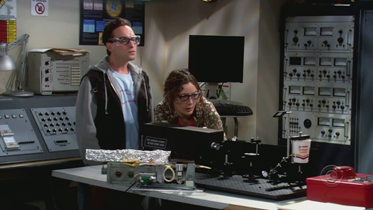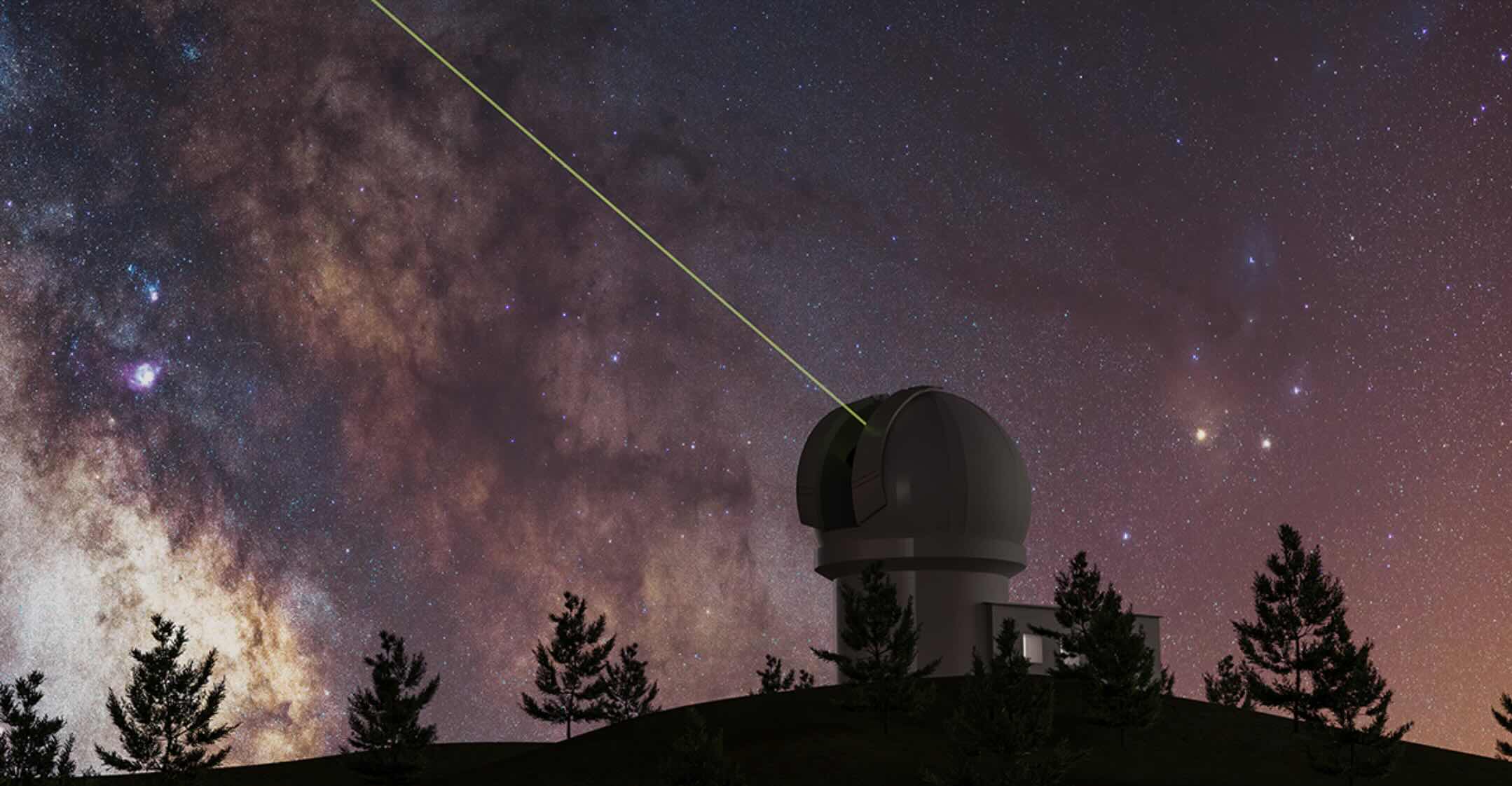Cooking with telecom lasers: an introduction to incoherent combining

If you are familiar with the series “The Big Bang Theory”, you may have seen the scene where Leslie Winkle heats her lunch with a laser. She heats her pasta in 2.6 seconds using a 500 kW oxygen iodine laser…
Heating soup with a laser: a source problem

…Working in photonics, I always dreamed of being able to carry out this kind of experiment. Unfortunately, at Cailabs we do not have 500 kW lasers.
But let’s say we want to eat a 500 ml bowl of fall vegetable soup for lunch and we want to heat it using a Telecom laser with 20 W continuous wave output power – which is quite a lot – in order to raise the temperature by 50 °C. Let’s forget the physics of materials and assume that the laser energy is absorbed homogeneously by the tasty blend of pumpkin, butternut squash, turnip with a hint of coriander. We would have to wait a full 87 minutes to eat the hot soup [See calculation at the end of this article]. A microwave is definitely a better option.
The power of lasers: a real issue
Apart from not being able to quickly reheat soup at lunchtime, the limited power of lasers is a real problem in many areas. In LiDAR or countermeasure applications, the range of a system is limited by the power of the source. Increasing the power of lasers while maintaining a clean beam profile is a real challenge for laser machining as it is often extremely expensive (and sometimes even impossible), or it results in a decrease in ancillary performance, such as beam quality.
A common solution is to use multiple sources in parallel and combine them. The specific feature of these “incoherent” sources, when combined, is that they do not produce interference. Indeed, unlike coherent combining, the sources do not need to be phased to be combined since their intensities are cumulative.
At Cailabs, we are often asked if we can combine several lasers into a single output with maximum power and divergence equal to 1, or in other words, incoherently combine several sources into a single Gaussian beam with an output power equal to the sum of the inputs.
Spoiler: the answer is no.
It is not possible to combine several sources into a single beam.
When we try to combine several different laser sources, they are naturally incoherent. This means that the beams cannot interfere with each other, either constructively or destructively. Consequently, a unitary conversion, i.e. without any losses, does not give an M2 equal to 1. In other words, it is not possible to obtain a unique single-mode output from a multimode input. This kind of transformation would violate the laws of physics.
To understand this better, let’s take a simple example (shown below) of two single-mode input beams of power P1 and P2. Suppose we want to combine these two beams into a single output beam , which is also single-mode. If the power of the output beam is equal to the sum of the power of the two input beams, this means that all the power of both beams is directed to a single output. As the beams are incoherent, each input can be considered independently. The system is linear and the output power is equal to Pout = P1 + P2.

Now, suppose we turn off laser no. 2. All the energy from laser no. 1 goes to the output. Given the principle of reversibility of light, if the system is taken in the opposite direction, this means that all power from the output is also directed to input 1.

In the same way, if we now switch off laser no. 1, all the energy from laser no. 2 goes to the output. If we again use the principle of reversibility of light, all the energy from the output would go to input no. 2.

Finally, suppose we have a beam coming from the power output Pout=1. We have just shown that all the energy of this beam goes to input no. 1, thus P1=1, but also that all the energy goes to input no. 2. Thus P2=1. With a single laser of power 1, we have just built two outputs of power 1 as well. We have created energy!

This system would indeed be magical. Unfortunately, it doesn’t exist. In practice, we have a ratio of ½ in each channel to preserve the laws of physics. In other words, a system that transforms two Gaussian beams into a single M2 Gaussian beam equal to 1 has a 50% loss. Such a system does not allow for any gain.
Consequently, combining several lasers necessarily increases the M2 and therefore the divergence. Similarly, it is not possible to couple all the modes of a multimode fiber to one single-mode fiber unless coherent combining techniques are used.
So what’s the solution?
How can we increase the power of the sources? While it is not possible to combine non-coherent beams without increasing divergence, strategies do exist for combining them in an optimal way, i.e. with minimum divergence.
In our next article, we will show how, by manipulating light using Multi-Plane Light Conversion (MPLC), it is possible to increase the power of a source while keeping divergence to a minimum. And if you can’t wait, you can start by taking a look at this article (1).
Sources:
(1) Fast adaptive laser shaping based on multiple laser incoherent combining
– L. Garcia, O. Pinel, P. Jian, N. Barré, L. Jaffrès, J.-F. Morizur, G. Labroille – SPIE Photonics West LASE, 10097-3 (2017) – Read the abstract
Annex: Detailed calculation for heating a mass
- The equation required for such a calculation is written as follows:

- Where P is laser power in kW; Δt is time in minutes; M is mass in kg; Cp is mass heat capacity in kJ/(kg.K) and ΔT is temperature variation in K.

By David Allioux
David Allioux, who holds a Ph.D. in optics from the University of Lyon, joined Cailabs in 2018. As a project and product manager, he is in charge of the development and integration of telecommunication R&D solutions. He also brings his expertise to develop and commercialize the laser communication product line.
Our Other Articles:
-

Exceeding Throughput Limits with Laser Communications
-

The challenges of e-mobility: Welding busbars
-

Flying further with beam shaping
-

From the Volkswagen Golf to the Tesla Model 3: How Lasers Are Shaping the Automotive Industry?
-

Space Optical Communications: Why Are Space-to-ground Links Taking Time to Develop?
